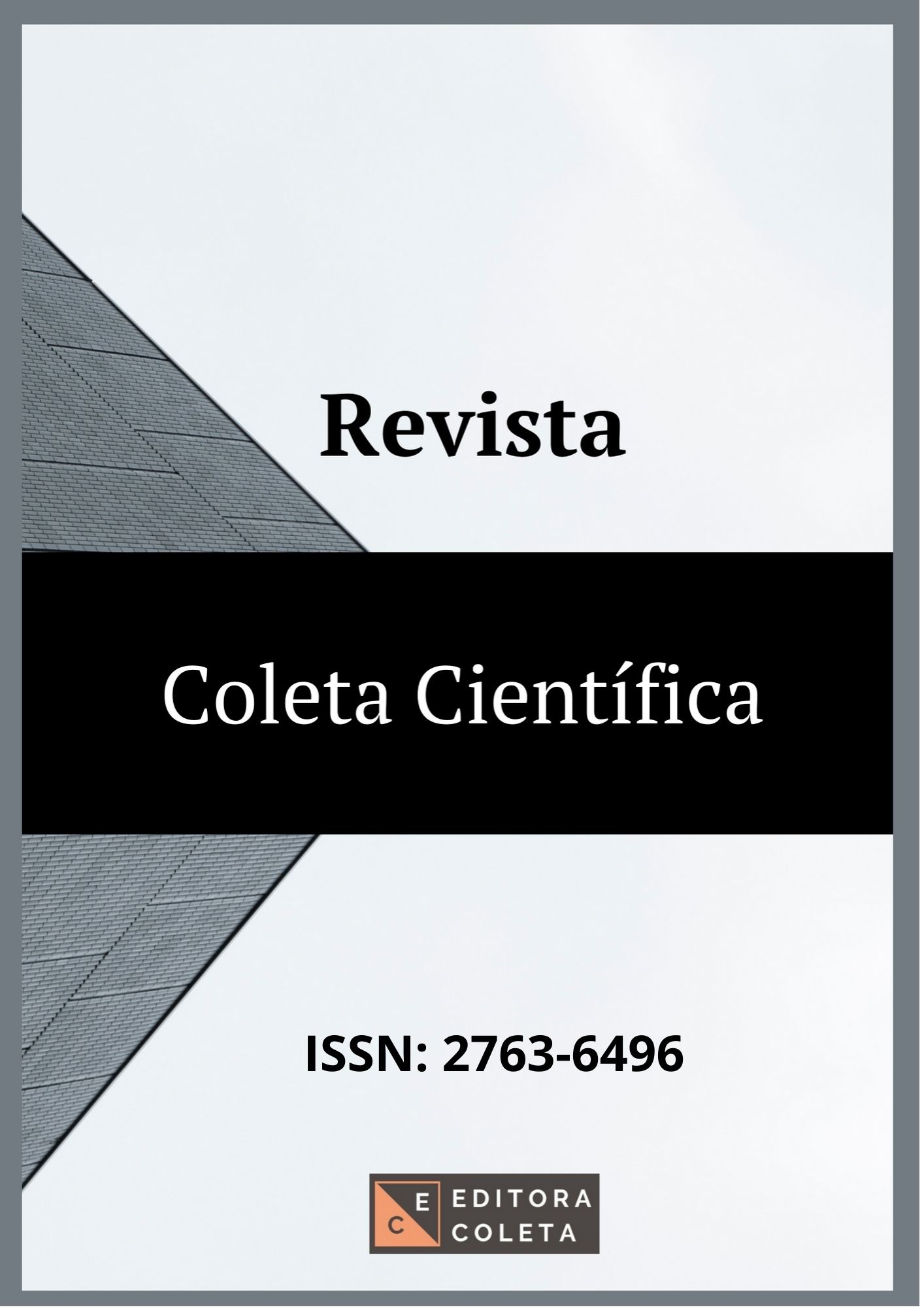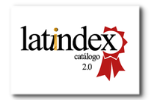COMPARISON OF CHITOSAN SULFATATION METHODS FOR CU²⁺ ADSORPTION
DOI:
https://doi.org/10.7910/DVN/6U9UWYKeywords:
Adsorption. Sulfation. Copper.Abstract
Chitosan is a polysaccharide that has free amine and hydroxyl groups, which is considered a good adsorbent material for heavy metals in contaminated water. In order to improve this property, some necessary modifications have been proposed in order to increase the adsorptive capacity of this polysaccharide. The objective of this work was to modify the structure of chitosan and carboxymethyl chitosan by sulfation, to characterize the materials synthesized through yield, by FT-IR and to analyze elementary and evaluate an adsorbent capacity of the materials against copper ions. The results attenuated that the reaction yield of the materials varied from 58% to 91%, and it was possible to identify through FT-IR the required groups C-O-S and S = O regarding the insertion of the sultate groups, identifying the presence of the sulfate groups in the structure. In adsorption tests, as sulphates sulphated over a percentage of adsorption above 90% copper, a performance superior to pure chitosan (%). The adsorptive capacity of 63 mg / g, in relation to the results found in the literature. Thus, it was observed that sulfation is a viable modification route for adsorption of metals.
References
- SILVA, L. C. R. P. da. Desenvolvimento e caracterização de nanopartículas com atividade anticoagulante. Tese (Doutorado em Ciências Farmacêuticas) - Universidade Federal do Rio de Janeiro, Rio de Janeiro, 2012.
- VAKILI, M.; RAFATULLAH, M.; SALAMATINIA, B.; ABDULLAH, A. Z.; IBRAHIM, M. H.; TAN, K. B.; GHOLAMI, Z.; AMOUZGAR, P. Application of chitosan and its derivatives as adsorbents for dye removal from water and wastewater: A review. Carbohydrate Polymers, v. 113, p. 115 – 130, 2014.
- JIANG, Tao.; JAMES, Roshan.; KUMBAR, Sangamesh G.; LAURENCIN, Cato T. Chitosan as a biomaterial: structure, properties, and applications in tissue engineering and drug delivery. In: Natural and synthetic biomedical polymers. p. 91-113, 2014
ARAMWIT, Pornanong; YAMDECH, Rungnapha; AMPAWONG, Sumate. Controlled release of chitosan and sericin from the microspheres-embedded wound dressing for the prolonged anti-microbial and wound healing efficacy. The AAPS journal, v. 18, n. 3, p. 647-658, 2016.
SPINELLI, V. A.; LARANJEIRA, M. C. M.; FÁVARE, V. T.; KIMURA, I. Y. Cinética e equilíbrio de adsorção dos oxiânions Cr (VI), Mo (VI) e Se (VI) pelo sal de amônio quaternário de quitosana. Polímeros: Ciência e Tecnologia, v. 15, n. 3, p. 218-223, 2005.
DESBRIÈRES, Jacques; GUIBAL, Eric. Chitosan for wastewater treatment. Polymer International, v. 67, n. 1, p. 7-14, 2018.
ANDREAZZA, R.; OKEKE, B. C.; LAMBAIS M. R.; BORTOLON L.; MELO, G. W. B.; CAMARGO, F. A. O. Bacterial stimulation of copper phytoaccumulation by bioaugmentation with rhizosphere bacteria. Chemosphere, v. 81, n. 9, p.1149-1154, 2010.
ABREU, F. O. M. S. Síntese e caracterização de hidrogéis biodegradáveis a base de Quitosana com morfologia controlada com potencial aplicação como carreadores de fármacos. 2008. 128 f. Tese (Doutorado em Engenharia de Materiais) – Universidade Federal do Rio Grande do Sul, Porto Alegre, 2008.
FUTALAN, C. M., KAN, C. C., DALILA, M. L.; Comparative and competitive adsorption of copper, lead, and nickel using chitosan immobilized on bentonite. Carbohydr Polym, v. 83, p.528–536, 2011.
Downloads
Published
How to Cite
Issue
Section
ARK
License
Copyright (c) 2020 (CC BY 4.0)

This work is licensed under a Creative Commons Attribution 4.0 International License.



















